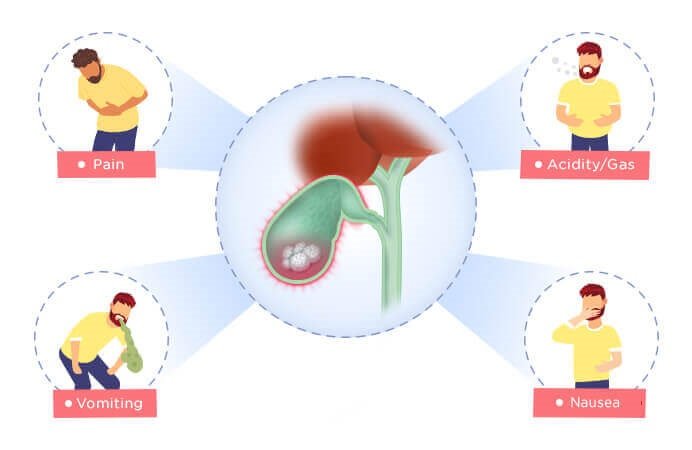Gallstones are a common medical condition that affect millions of people around the world. These small, hardened deposits that form in the gallbladder can lead to pain, inflammation, and other discomforts. While surgery, specifically cholecystectomy (removal of the gallbladder), has traditionally been the go-to treatment for gallstones, it’s important to recognize that not all cases of gallstones require surgical intervention. In recent years, non-surgical treatment options have gained prominence, offering effective and less invasive alternatives for managing gallstones.
Understanding Gallstones
Gallstones are solid particles that develop in the gallbladder, a small organ located beneath the liver. They can vary in size and composition, with the two main types being cholesterol stones and pigment stones. Cholesterol stones are predominantly composed of cholesterol, while pigment stones are formed from bilirubin and calcium salts.
Symptoms of Gallstones
Gallstones can cause a range of symptoms, commonly referred to as a Cholecystitis. These symptoms may include:
Abdominal Pain: Sudden and intense pain in the upper abdomen or right side, often radiating to the back.
Nausea and Vomiting: Nausea, vomiting, and bloating.
Jaundice: Yellowing of the skin and eyes due to obstruction of the bile ducts.
Fever: If the gallstone causes inflammation or infection, fever may occur.
Non-Surgical Treatment Options
While surgery may be necessary for certain cases, advancements in medical technology and research have provided alternatives for patients who are not suitable candidates for surgery or prefer non-surgical options. Some of these alternatives include:
Medication: Doctors may prescribe medications that can dissolve cholesterol gallstones over time. These medications, known as bile acid pills, work by thinning the bile and gradually breaking down the stones. However, this method is most effective for small cholesterol stones and may take several months to show results.
Endoscopic Procedures: Endoscopic Retrograde Cholangiopancreatography (ERCP) and Endoscopic Ultrasound (EUS) are procedures that involve the use of a flexible tube with a camera to locate and remove gallstones from the bile ducts. These methods are particularly useful when gallstones have migrated from the gallbladder into the ducts.
Lifestyle Modifications: For individuals with gallstones caused by obesity or rapid weight loss, adopting a healthier lifestyle can help manage symptoms and prevent further stone formation. Maintaining a balanced diet, regular exercise, and gradual weight loss can reduce the risk of gallstone-related issues.
Monitoring and Observation: In some cases, especially if gallstones are asymptomatic, doctors may choose to monitor the condition closely without immediate intervention. If the stones remain small and do not cause discomfort, surgery might be avoided altogether.
Conclusion
Gallstones are a prevalent health concern, but surgery is not always the only solution. Non-surgical treatment options have emerged as effective alternatives for managing gallstones, providing relief for those who are not candidates for surgery or wish to explore less invasive methods. It’s important for individuals diagnosed with gallstones to consult with a Surgeon to determine the most suitable treatment plan based on their individual circumstances. With ongoing advancements in medical science, patients now have a broader range of choices to address gallstone-related issues while minimizing the impact on their daily lives.

